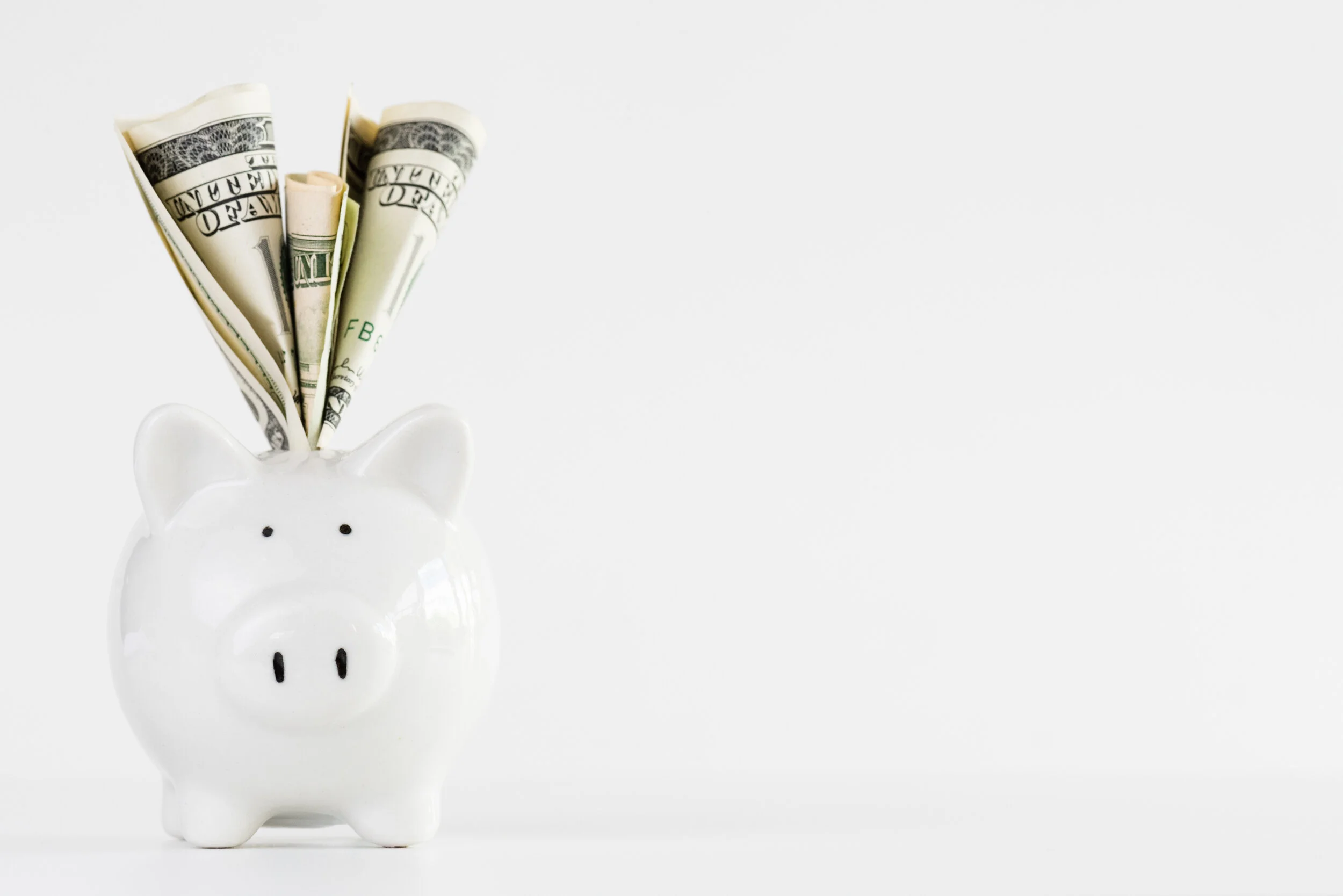Living on a Budget
I don’t know why, but the word “budget” makes me cringe. Probably because I immediately think of all the money I have thrown away on unnecessary items over the years. I have definitely been guilty of frivolous spending, in my past and unfortunately sometimes in the present. With the world of “tap” debit and credit cards, it’s never been easier to spend money. Couple that with credit cards that offer travel points or cash back and you are constantly reaching for your cards. Banks are always willing to extend your line of credit or give you more room on your credit cards (how thoughtful of them), and unless you are really diligent, before you know it, you could be sitting on a mountain of debt. So where do you start? Below are some tips if you are feeling lost or you could use a little help managing your finances.
1. Set your financial goals
Are you saving to buy a house? Get out of debt? Go on a vacation? Having a goal to work towards can help you stay on the path when you get that temptation to spend.
2. Determine your baseline
This is CRUCIAL. You have to understand what you are currently spending in order to look for ways to cut back. On most online banking platforms, your expenditures are listed by category, making it simple to look at exactly where your money is going. Think that $2 coffee you had yesterday shouldn’t be included? Think again! Every single purchase needs to be accounted for!
List your fixed costs – these are the expenses that do not change month to month (mortgage, car payments, insurance, etc.)
List your variable costs – these are the expenses that you have control over. For some of these expenses, they aren’t optional, but how much you spend each month may vary. Think your grocery bill, take-out, debt repayment, and your electricity and water bills.
Be sure to include those regular expenses that may not occur monthly, but that add up over the course of a year (car maintenance, gifts, veterinary bills etc.)
3. Once you have your monthly expenses listed by category, compare this to your monthly income. Are you spending more than you are making? Cutting it close? There’s something somewhat humbling about sitting down and looking how much you’re bringing in versus what you are spending.
4. Determine where you can cut back:
Consider your needs versus wants. What can you absolutely not live without? Which expenditures can you consider reducing or cutting out all together?
I am not advising you live off of Kraft Dinner and Spam for the next few years, but be realistic with yourself. If you typically spend $100/month on take-out, try to cut it back to $50/month. Think of ways to reduce your spending while continuing to do the things you love. If you are an impulse shopper, make a commitment not to buy anything on the spot for one month. If you really want the item at the end of the month and your budget allows for it, consider the purchase. A lot of the time we buy things in the moment that we realistically don’t really need or want.
5. Build in a savings plan
We all know how quickly unexpected expenses can come up. Your car breaks down, your furnace goes kaput, and so what do you do? Consider opening a savings account if you do not have one already. Having that “rainy day” money set aside for if and when you need it will help take some of the pressure off of you. If you are currently working on debt repayment, make sure you continue to do so.
6. CTC - Cut the cards
I know…harsh right? What’s easier, tapping a credit card onto a machine or pulling out your wallet and handing over cold hard cash? There’s something about physically handing over money that makes you think twice about spending it. Consider paying for some of your monthly variable expenses with cash. Use it for groceries, gas, dining out, and any “extras” that you have budgeted for. When you can see your wallet nearing empty, you may take an extra pause before spending that money.
7. Create the budget
Now that you have analyzed your spending, create your monthly budget based on your income. Start with your fixed expenses, mandatory variable expenses, and then your needs versus wants.
Organize your “cash buckets” into jars or envelopes and keep those in a safe place to use when you need them.
8. Keep your receipts and track your spending.
With your baseline expenses and income listed, now you can start tracking your budgeted expenses. Keep receipts for EVERYTHING especially in the beginning. That $2 coffee we referenced earlier? Get a receipt since you’ll be paying cash!
At the end of the month, look at your budget versus what you have spent. Did you go over? Under? Which areas did you struggle with most? Was there enough money left at the end of the month to go into your savings or towards debt repayment? Make sure you do a complete analysis of your spending and understand what changes you can make for next month.
I hope you found these tips helpful. What money saving tip do you use that you have found to be most beneficial?


